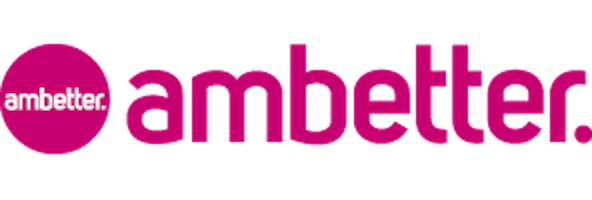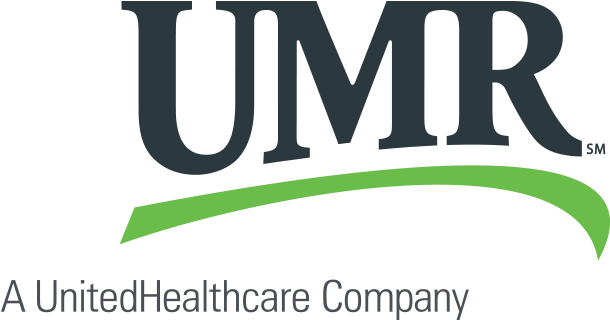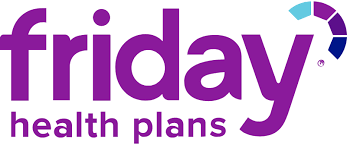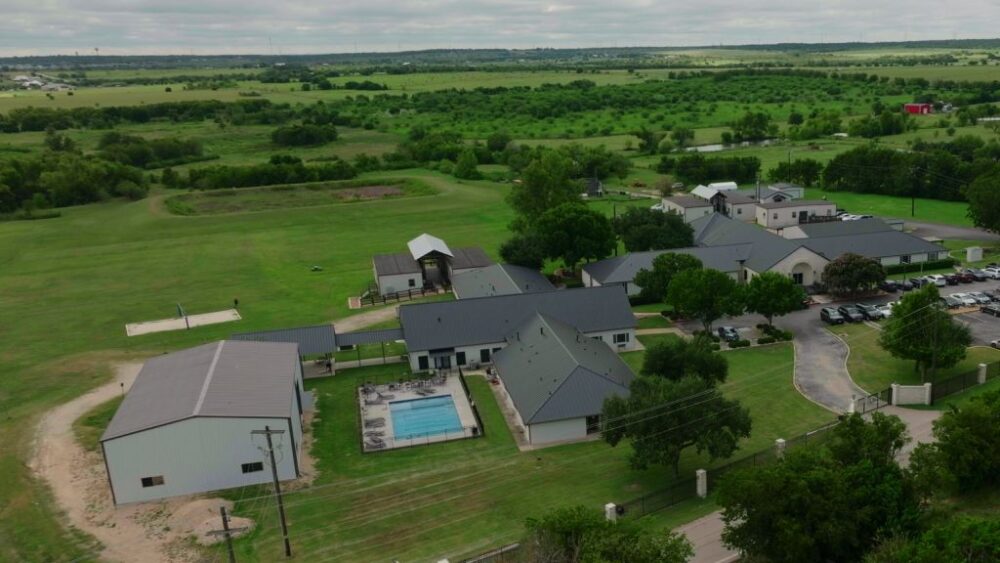Table of Contents
TL;DR:
- Understand the main types of rehab (inpatient, outpatient, PHP/IOP) to match your needs and severity of addiction.
- Treatment length (30, 60, 90+ days) varies based on individual needs and program intensity.
- Consider programs that address specific substances (including alcohol) and offer dual diagnosis treatment for co-occurring mental health issues.
- Practical factors like location, cost, and insurance coverage are important considerations in your decision.
Starting the search for addiction treatment can feel a little like online dating. There are countless drug rehab programs available, each one promising to be the perfect fit. But just like relationships, finding the right match takes a little time and self-awareness.
What works well for one person might not be the best option for someone else, and that’s exactly why it’s important to choose a program that fits your specific needs.
In this guide, we’ll walk through what to look for in a program to help you feel more confident and informed as you take the next step toward recovery.
The Different Types of Drug Rehab Programs
Before choosing a rehab program, it’s helpful to understand the main types available. Drug rehab programs come in several formats, each offering different levels of structure, intensity, and support.
Inpatient Rehab Programs
Inpatient programs provide 24/7 care in a residential setting. These are typically recommended for:
- People with severe addiction
- Co-occurring mental health disorders
- Or those who need a safe, structured environment to begin their recovery
With medical supervision, therapy, and a supportive community all in one place, inpatient care offers a full-immersion approach.
Outpatient Rehab Programs
Outpatient programs allow people to receive treatment while continuing to live at home. This can be a flexible option for those with milder substance use disorders, strong support systems, or work and family responsibilities.
These programs typically include scheduled therapy sessions and group support multiple times a week.
Partial Hospitalization and Intensive Outpatient Programs (PHP/IOP)
These programs fall between inpatient and standard outpatient care.
PHPs offer structured day treatment with medical oversight, while IOPs involve fewer hours but still provide intensive support.
Both options work well for those who need more than just basic outpatient care but who don’t require around-the-clock supervision.
Understanding these core options is the first step in finding the right path forward. The more aligned a program is with your personal needs and lifestyle, the more effective it can be in supporting long-term recovery.
Consider the Length of Treatment
One of the most common questions people have when exploring treatment is: How long are drug rehab programs? The truth is there’s no single answer.
The length of a program can vary based on several factors, including the severity of addiction, any co-occurring mental health conditions, and the type of program you choose.
Most drug rehab programs fall into one of these general timeframes:
30-Day Programs
These short-term programs are often a starting point for treatment. They provide time for detox, initial therapy, and stabilization.
A 30-day stay can work for people with mild addictions or those looking to take the first step toward longer-term recovery.
60-Day Programs
A 60-day program gives more time to dive deeper into the root causes of addiction, practice coping skills, and build healthy routines. This is a common option for those who need a bit more structure and support.
90-Day Programs (or Longer)
Many long-term drug rehab programs last 90 days or more. These programs allow you to fully remove yourself from triggers, focus on healing, and prepare for life after treatment.
Long-term care is often recommended for severe or long-standing addictions.
Evaluate the Program’s Focus
Not all drug rehab programs take the same approach, especially when it comes to treating both drug and alcohol addiction. If you or your loved one is struggling with more than one substance, it’s important to look for drug and alcohol rehab programs that have experience handling both.
Addiction can look different for everyone, and so can the path to recovery. Some rehab centers focus on specific substances, while others are equipped to treat a wide range of addictions. Finding a program that understands the challenges of both drug and alcohol addiction can make a big difference in your recovery experience.
What to Look for in Drug and Alcohol Rehab Programs
As you research treatment options, ask about:
- Whether the program treats both drug and alcohol addiction.
- Availability of medical detox for both substances.
- Therapy options that address substance use triggers and mental health.
- Personalized treatment plans for individuals with multiple addictions.
Consider Dual Diagnosis Treatment
Many people struggling with addiction also face mental health conditions like anxiety, depression, or trauma. Choosing a drug and alcohol rehab program that offers dual diagnosis treatment ensures that both addiction and mental health needs are addressed together. This type of care focuses on healing the whole person, not just treating the addiction.
Factor in Location, Cost, and Insurance Coverage
Once you’ve narrowed down the type of program you need, it’s time to think about the practical side of things. Location, cost, and insurance coverage all play a big role in choosing the right drug rehab program.
Location
Some people prefer drug rehab programs close to home so they can stay connected to family or easily transition to outpatient care when treatment ends. Staying local might also make it easier for loved ones to participate in family therapy or visitation.
On the other hand, going out of town for rehab can help some people break away from daily triggers, toxic environments, or unhealthy relationships. Being in a new place can allow for a fresh start and greater focus on recovery.
Think about what will help you or your loved one feel most supported and safe during treatment.
Cost
Drug rehab programs can vary widely in price. Factors like the length of stay, type of facility, and level of care all impact cost. Inpatient programs usually cost more than outpatient options, and luxury or private centers will typically charge higher rates for added amenities.
Be sure to ask for a breakdown of costs upfront so there are no surprises later.
Insurance Coverage
Most insurance plans offer some coverage for drug and alcohol rehab programs, but every plan is different. Some may cover detox services, outpatient care, or certain types of therapy, while others might limit coverage to specific providers or facilities.
Here are some questions to ask:
- Is the program in-network with your insurance?
- What services are covered, and for how long?
- Are there out-of-pocket costs or payment plans available?
If you don’t have insurance, ask about sliding scale fees, financing options, or scholarships. Many programs will work with you to find a solution.
Find a Rehab Program That Works for You
Choosing a drug rehab program isn’t always a quick or easy decision. It takes time, research, and self-reflection to figure out what kind of support feels right for you or your loved one. What matters most is taking that first step toward change.
If you’re ready to take that next step toward recovery, Infinite Recovery is here to help. Our team specializes in personalized, compassionate care designed to support lasting change and real healing.
Contact us today to learn how our team can help you or your loved one start the path to recovery.

















